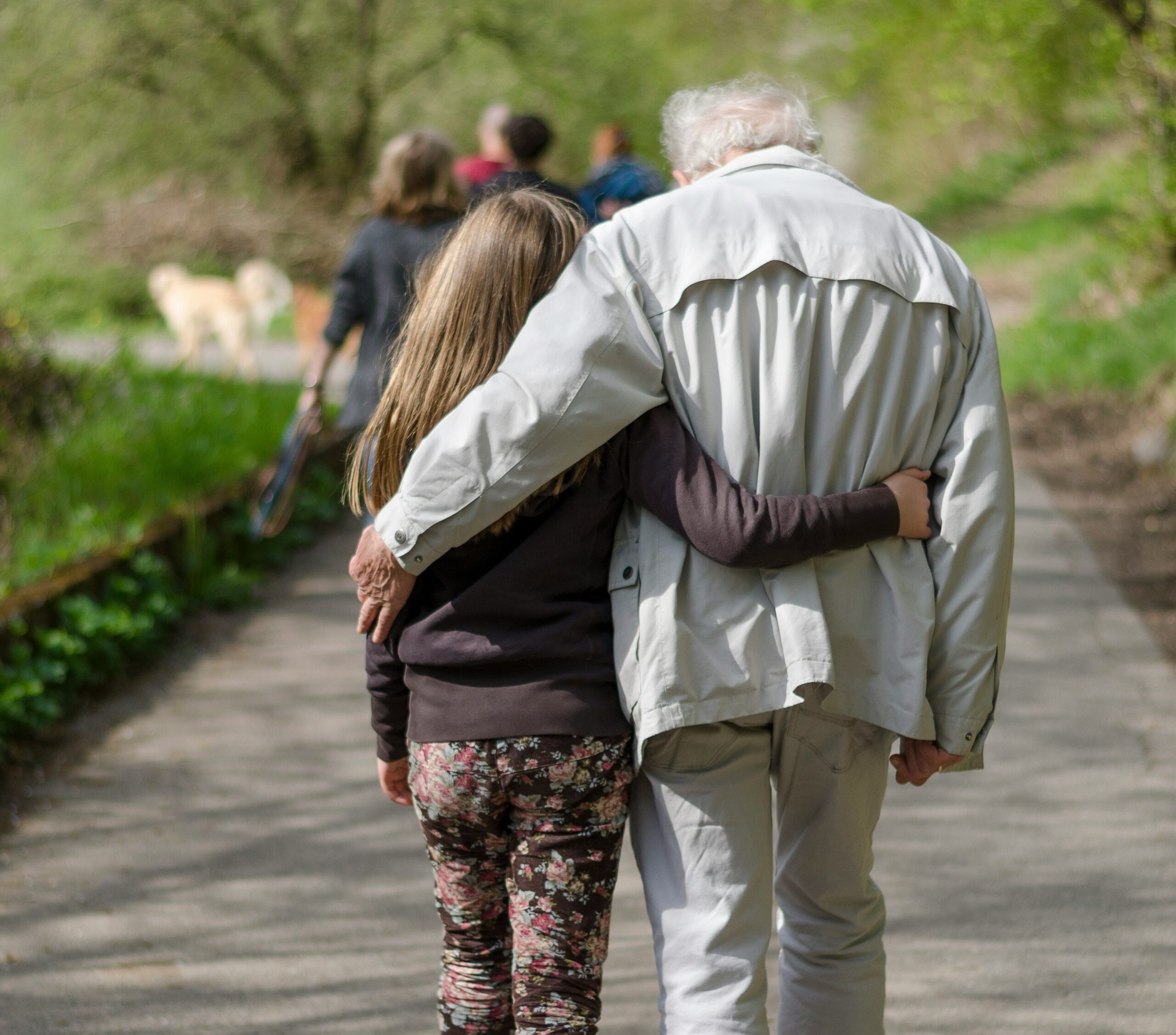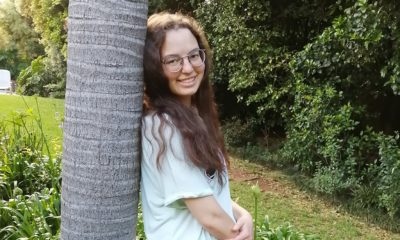
Featured Item

Family stories worth documenting before it’s too late
So many regret never having documented their parents’ or grandparents’ life stories so that they have a record of their family history. As we sit down to our Pesach seders this week when we read part of our history, we see how vital it is to know our past to work towards our future.
“Family history is your blueprint,” said Cassidy Haefner, a social media manager, who is grateful she had the foresight to record her grandparents’ stories. “So many of us have done genetic and ancestry tests that show us where we come from, but not who we come from. Recording family history more qualitatively adds dimension, explanation, and soul to who you are as a person and what it took for our ancestors to give us our lives.”
But many realise what they have lost only when those who hold the key to their history are already gone.
“We don’t know a lot about our grandparents,” said Tracey Friedman, who ran the Life Story Project biography service with her husband. “Most of the time, we know only snippets. The thing is that our grandparents are around at a time that younger people aren’t especially interested [in their history], but when people do become interested, often those people are too old or have passed away.”
Though the people whose stories are being captured feel honoured and valued because their stories are documented, Friedman said that it was also a gift to future generations because that information would often get lost to the sands of time.
Friedman started the service years ago when she wanted to record the life story of her grandfather. She wished she had a book about her grandfather written in a coherent narrative. So, she and her husband teamed up to run the Life Story Project in which they would interview and write the story of different people in one cohesive narrative that not only contained the facts, but elements of the person’s personality.
“This information becomes more and more precious as time passes and people pass away,” she said.
Haefner said that after spending time with her grandmother, whom she describes as her favourite person, she was inspired to create a journal to document both her grandparents’ lives.
“There are so many essential lessons and heartwarming moments that I gained from those stories,” she said, “and they are experiences that I want to be able to touch on when it comes to understanding myself, my life going forward, and to be able to share with my future family straight from my gran’s memory. Their legacy is my legacy.”
She said that in listening to her grandmother’s stories, she realised there were probably others who wished to document their family history. So, she created Who You Were, Are, and Forever Will Be, a keepsake journal filled with thoughtful prompts that guide people through their life story, from ancestry to adulthood and beyond.
“There’s no better gift than having the story of your loved one’s life in your hands, where you can gain inspiration from their stories and learn about their mistakes while being able to pass it forward. It also sends a message of love and appreciation to your family members,” said Haefner.
Thirty years ago, Marta Mazo at Beit Hatfutsot in Tel Aviv, now known as ANU: The Museum of the Jewish People, created the My Family Story project because she wanted to know the history of her own family and pass it down to her children.
Since then, 100 000 scholars from 30 countries have participated in this project.
It includes a nine-lesson journey where students learn to define their identity, conduct interviews, and ask meaningful questions. They explore their family’s migration paths in the context of global Jewish movements; interpret photographs; create and interpret family trees; analyse family heirlooms or historical objects; discover how food tells stories and acts to connect families; and design a creative family logo. It culminates in the creation of a personal, artistic representation of their family story, which is entered into an international competition celebrating creativity and heritage.
When attorney Sue Blou’s children were in Grade 8 and had to do a project detailing their family history, she put her crafting hands to work and helped create a digital scrapbook for them. “It was so interesting to collect the information from our parents and to learn more about their lives and their parents and grandparents. It was fascinating to hear where previous generations came from,” she said.
In gathering information about her and her husband’s family, she accumulated photos, newspaper clippings, and stories from various family members that otherwise would never have been linked and recorded.
Once the scrapbook was completed, as she and the family went through its pages together, they were able to learn about their heritage, their families’ stories, and some fascinating historical events that their family members had been involved in.
“They learned that their grandmother had been at a Pesach seder with David Ben-Gurion on kibbutz Sde Boker. Their grandmother’s aunt and her husband founded the kibbutz in 1952,” said Blou.
Sharon Hayat, the head of the Global Educators Network at Koret International School for Jewish Peoplehood Studies, ANU: The Museum of the Jewish People, said, “In societies where family narratives may have been silenced, fragmented, or lost, whether due to migration, conflict, or cultural shifts, this project provides a powerful opportunity to recover, reconstruct, and pass on those stories to future generations, preserving family and cultural legacies.”










